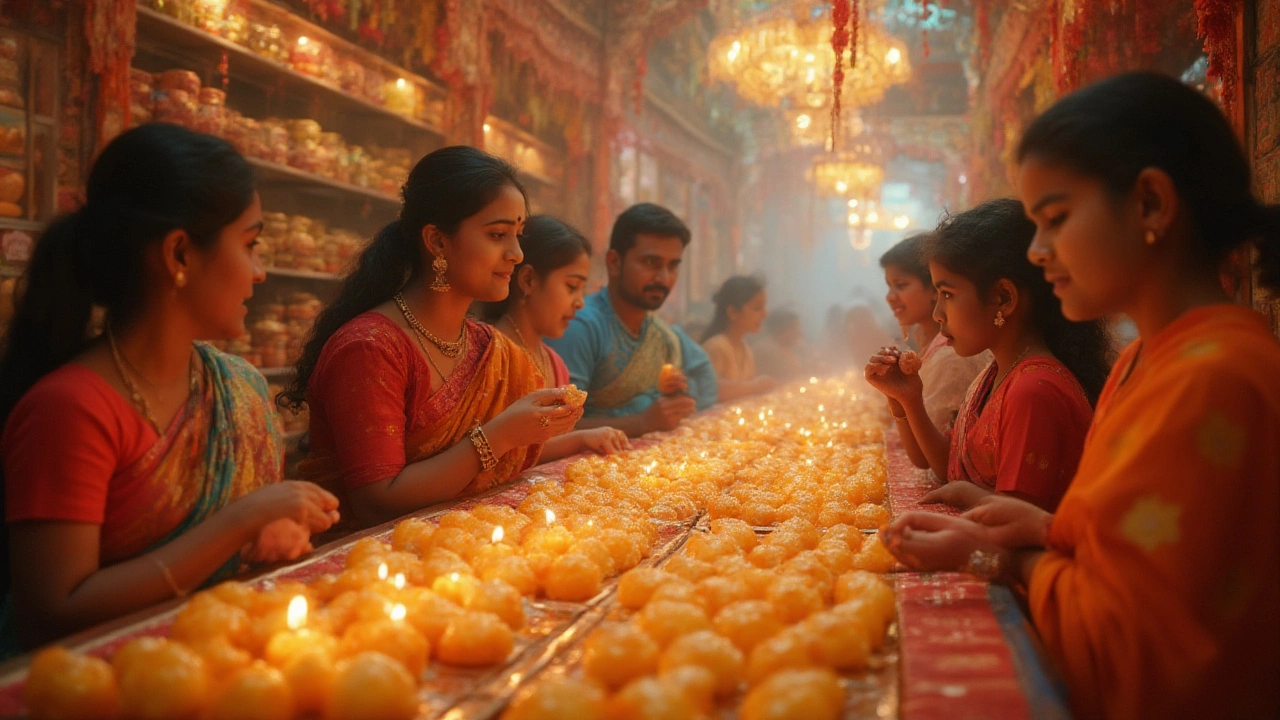Cultural Significance in Indian Food
When you look at cultural significance, the way food mirrors a community’s rituals, values, and shared memories. Also known as food heritage, it shows how a simple dish can become a story passed down generations. In India, Indian cuisine, a colorful blend of regional spices, techniques, and ingredients acts as the main stage for that story. Each state adds its own flavor palette, whether it’s peppery mustard greens of Bengal or the coconut‑laden curries of Kerala. Those variations fall under regional food traditions, the specific ways local cultures celebrate, prepare, and eat their signature dishes. They don’t just fill plates; they mark festivals, signal hospitality, and even guide daily routines. For example, adding a pinch of soda to dosa batter, as many home cooks swear by, isn’t just a shortcut—it’s a nod to a modern twist on a centuries‑old breakfast ritual. Likewise, the choice between red or white onions in a chicken curry can hint at a family’s regional roots, because each variety brings a distinct aroma that locals recognize instantly.
Beyond the plates, language and everyday gestures carry the same weight. Take Indian greetings, expressions like “tata”, “namaste”, and regional farewells that embed cultural nuance. Saying “tata” instead of “bye” traces back to British colonial influence, yet it’s now woven into casual conversation across the subcontinent. The way people say goodbye while sharing a sweet treat—like the famed rasgulla of West Bengal—illustrates how food and speech intertwine. Speaking of sweets, the state that devours the most sugary delights each year is West Bengal, a fact highlighted by recent consumption data. That love for desserts isn’t random; it reflects festivals like Durga Puja where sweets symbolize triumph and goodwill. Understanding why certain regions favor particular sweets helps you see the link between celebration, identity, and taste.
Grasping the cultural significance of Indian food equips you to cook with purpose, not just flavor. If you know why a basic chicken marinade follows a 3‑2‑1 ratio, you’ll appreciate the science behind juiciness and the tradition of balancing heat, sour, and sweet in many Indian preparations. Knowing why paneer can turn rubbery shows you how milk processing techniques have evolved and why fresh curd is prized in home kitchens. Even a seemingly tiny tip—soaking urad dal overnight for perfect dosa—has roots in ancient fermentation practices that boost nutrition and texture. These nuggets of knowledge turn everyday cooking into a cultural journey.
Below, you’ll find a curated set of articles that dive deeper into these topics. From the health angles of tandoori chicken to the etiquette of street food safety for tourists, each piece uncovers a layer of the vibrant food tapestry that defines India’s everyday life. Use them as a springboard to experiment in your kitchen, broaden your culinary vocabulary, and connect more meaningfully with the stories behind every spice, every greeting, and every sweet bite.Why Understanding This Matters

India’s Official Sweet: Stories, Flavors, and Cultural Secrets of Rasgulla
Curious about India's official sweet? Discover the amazing story, unique flavors, and surprising facts about Rasgulla, the candy that stole the nation’s heart.
- Chutney Recipes (13)
- Healthy Living (12)
- General (11)
- Easy Indian Recipes (9)
- Chicken Curry Recipes (9)
- Paneer Recipes (8)
- Healthy Indian Snacks (8)
- Dal Recipes (7)
- Street Food (7)
- Dosa Recipes (7)
-
Quick and Delicious: Grab-and-Go Breakfast in India
5 Feb 2025 -
What Makes Chicken Curry Taste Better?
20 Mar 2025 -
Chutney: Health Benefits and Potential Drawbacks Unveiled
11 Jan 2025 -
Oldest Sweet in India: Shaping the Story of Indian Sweets
25 Apr 2025 -
Red or White Onions in Curry? Which One Works Best for Chicken Curry
15 Oct 2025
30.07.25
Kaia Binari
0